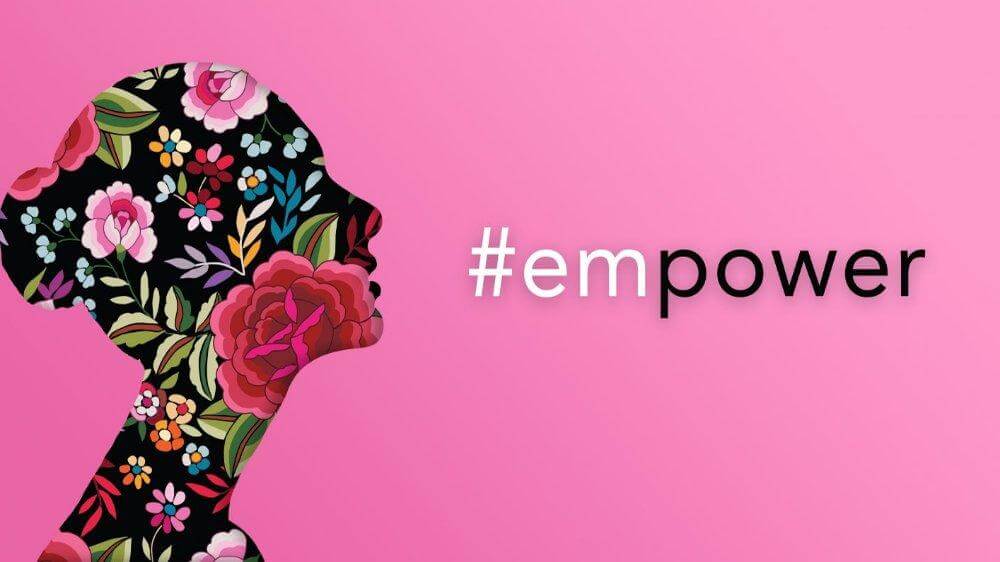Empowering Women: India's Comprehensive Approach to Economic and Political Empowerment
By KHRITISH SWARGIARY
In a recent parliamentary session, the Minister of Women and Child Development, Shrimati Smriti Zubin Irani, shed light on the comprehensive efforts of the Government of India towards enhancing economic and political empowerment for women across the country. The discussion, prompted by a question from Member of Parliament Shri Natarajan P.R., delved into various initiatives and policy frameworks aimed at bridging the gender divide and fostering a more inclusive society.
The session highlighted the government's multi-pronged strategy to promote gender justice and empower women, as mandated by the Constitution of India. Minister Irani underscored the importance of gender equality, not just as a legal and social imperative, but as a cornerstone of sustainable national development.
One of the key areas of focus has been the enactment of various laws such as the Protection of Women from Domestic Violence Act, 2005, the Dowry Prohibition Act, 1961, and the Sexual Harassment of Women (Prevention, Prohibition, and Redressal) Act, 2013. These legislative measures, along with initiatives like the National Mission on Education through Information and Communication Technology (NMEICT) and the Pradhan Mantri Awaas Yojana – Gramin (PMAY-G) Scheme, reflect the government's commitment to holistic development and empowerment.
The report also highlighted initiatives in education, skill development, and employment. Programs like Samagra Shiksha, the National Skill Development Policy, and the Pradhan Mantri Kaushal Vikas Yojana have been instrumental in enhancing women's participation in diverse fields including STEM (Science, Technology, Engineering, and Mathematics), aviation, and entrepreneurship.
One notable achievement mentioned was the significant increase in female labor force participation rates, rising from 23.3% in 2017-18 to 37.0% in 2022-23, showcasing a substantial leap in women's economic engagement.
The government's efforts extend beyond economic empowerment to political representation as well. With provisions such as reserving at least 33% of seats in Panchayati Raj Institutions (PRIs) for women and the recent constitutional amendment mandating one-third reservation for women in the Lok Sabha and State Legislative Assemblies, India is making strides towards gender-balanced governance.
The report also touched upon initiatives like the Pradhan Mantri Matru Vandana Yojana (PMMVY), Mission Shakti, and the National Policy for the Empowerment of Women, emphasizing the government's commitment to addressing women's safety, health, and overall well-being.
| Survey Period | Female Labour Force Participation Rate (%) |
|---|---|
| 2017-18 | 23.3 |
| 2018-19 | 24.5 |
| 2019-20 | 30.0 |
| 2020-21 | 32.5 |
| 2021-22 | 32.8 |
| 2022-23 | 37.0 |
This table represents the female labor force participation rates (usual status, age 15 years and above) as per the Periodic Labour Force Survey conducted by the Ministry of Statistics and Programme Implementation.
Speaking on the government's vision for the future, Minister Irani outlined the objectives of the 'Mission Shakti' umbrella scheme, aimed at further strengthening interventions for women's safety, security, and empowerment. The scheme's sub-schemes, 'Sambal' and 'Samarthya,' focus respectively on safety and security, and empowerment, with initiatives ranging from One Stop Centres (OSCs) to economic empowerment hubs.
Overall, the parliamentary session underscored India's comprehensive approach towards empowering women, recognizing their vital role in nation-building, and reaffirming the government's commitment to creating a more equitable and inclusive society.
This report is based on the official response provided by the Minister of Women and Child Development, Shrimati Smriti Zubin Irani, during the parliamentary session on February 9, 2024, and incorporates findings and data from various government initiatives and reports.

Comments